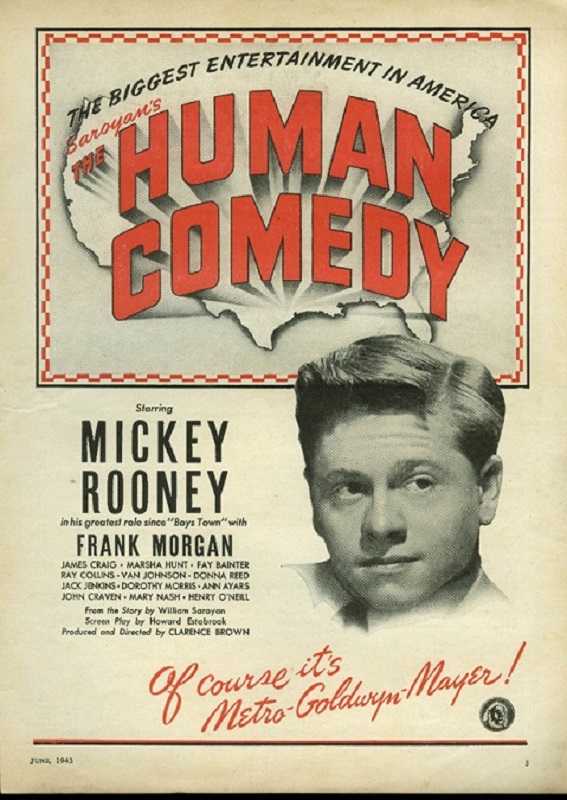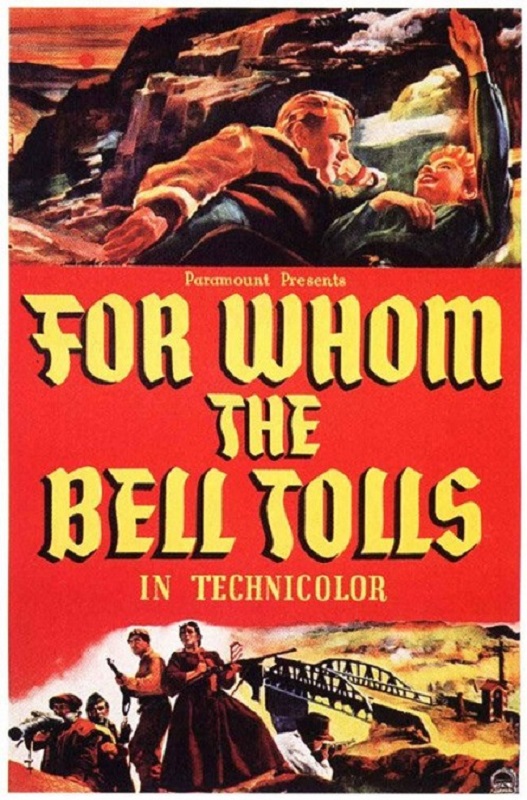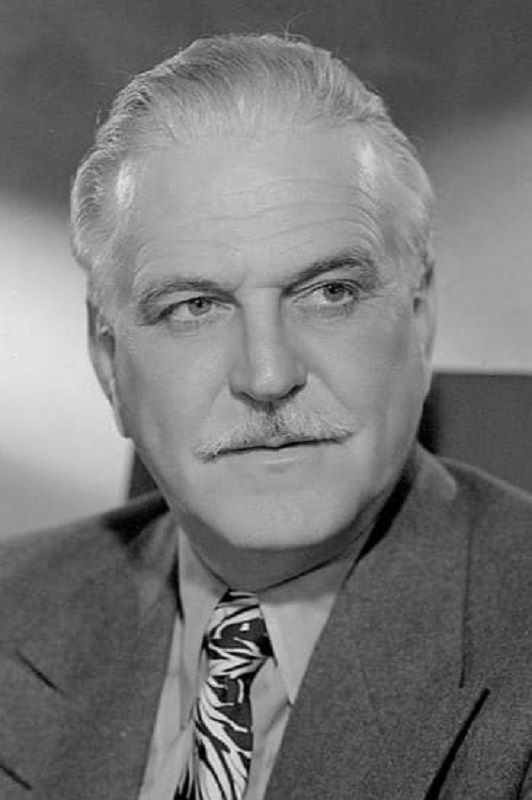Cast Photos
Character Posters
21 – Captain Marvel
Once again, this isn’t one of my favorite MCU films, though I always enjoy watching it. I just enjoy watching other MCU movies more. Of course, this is the first MCU movie with a female lead protagonist, Carol Danvers, otherwise known as Captain Marvel, played by Brie Larson. Critics really loved her performance as the title character, and I completely agree. I thought she did a fantastic job. I mean, she had it all: power, intelligence, and an indomitable will. And she looked fantastic, as well. On top of that she had humor and fierceness in equal measure.
This movie introduced a lot of low level characters among the alien race known as the Kree. And we got more of Ronin the Accuser from the first Guardians of the Galaxy movie, firmly establishing that this story took place in the MCU’s past, as Ronin died at the end of Guardians. Other than him, Korath was brought back, in addition to Nick Fury, played by our beloved Samuel L. Jackson with some pretty amazing de-aging technology applied, and Phil Coulson. Then we got plenty of new characters, most of whom disappeared after this film. Jude Law played Carol’s main antagonist, Yon-Rogg, a Kree captain. The Kree supreme intelligence, the mastermind behind the Kree domination of the Galaxy played, at least in Carol’s encounters with her, played by Annette Benning. And I really loved Carol’s old friend Maria Rambeau!
But one new character who we see in several future MCU features, is the Skrull operative, Talos, played by Ben Mendelsohn. I love his character and the fact that at first we are led to believe he is the bad guy, but we later learn that the Kree are the bad guys, and the Skrulls are really the good guys who are just trying to escape oppression under the Kree. Mendelsohn did a great job and I really like what they did with his character. As it turns out, he was just trying to infiltrate Carol’s mind to find his missing wife and child.
And then there was a strange member of the cast, an alien called a flerken, which looks like a cat, but which can overpower multiple enemies with flailing tentacles that come out of its mouth. It can also swallow both objects and people, no matter what their size. I thought it was interesting to learn that this flerken, named Goose, was actually played by four different cats named Reggie, Archie, Rizzo, and Gonzo. Anyway, it was interesting to learn why Nick Fury has to wear an eye-patch. Goose scratched his eye out!
I also really liked the story. At the beginning of the narrative, Carol has no memory of her past, and thus does not know that the Kree are really the villains. But by the end of the film, she regains her memories and learns to fully control the mega-powerful abilities caused by the explosion of an experimental light-speed engine, developed by a rebel Kree scientist. And she really becomes the most powerful hero in the MCU, save for Wanda Maximoff, who comes into her own in later installments of the franchise. And how did Carol finally defeat the Kree Supreme Intelligence? By being herself, a woman who always got to her feet one more time than she got knocked down.
For the most part, I liked the 90s pop music selections use for many of the action sequences. But for one fight scene on the orbital laboratory, the film actually laid it on pretty thick with the girl-power angle, where they played I’m Just a Girl, by No Doubt. But why not? The whole movie was actually a period piece that took place in the 90s, so that was cool. And as a final thought, I really love Carol’s cosmic super-powers. They are bright and colorful, and look amazing on the big screen. She can survive in outer-space without a suit, turn herself into a cannonball, capable of smashing through things like missiles and space ships, and she can shoot energy bolts from her hands. And she is as durable as steel. Such a powerful hero!
Top 10 Favorite Parts
- Carol’s escape from the Skrulls. Pretty cool fight sequence.
- Carol meets Nick Fury and Phil Coulson.
- Carol chases a Skrull disguised as an old lady, and fights it on a train.
- Fury catches up with Carol in the dive bar. “How do I know you’re not a Skrull?”
- Talos reveals himself at Maria Rambeau’s house.
- The flight to the orbiting Lab. And Talos finding his family.
- Carol escapes from the Supreme Intelligence through force of will.
- Captain Marvel fights the Kree Squad and Goose eats the Kree soldiers.
- Carol powers –up and turns back Ronin’s assault on Earth, taking out his missiles and destroying one of his assault ships.
- Captain Marvel refuses to fight Yon-Rogg and just shoots him down, humbling him, and saying, “I have nothing to prove to you.”















































































